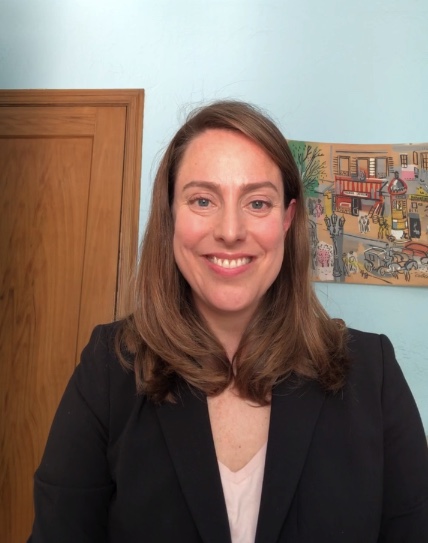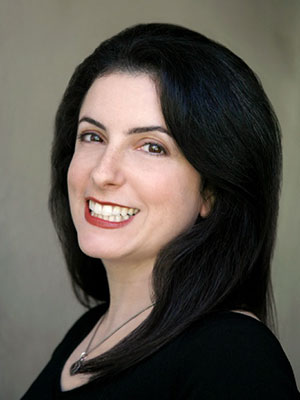Jewish Studies Week Winter 2021
During the 1930s, the YIVO Institute for Jewish Research organized three competitions for youth autobiographies. These extraordinary documents – more than 600 of them were submitted – are unique testimony to the hopes and dreams, as well as to the reality of those who were growing up in Poland at the time. Mayer Kirshenblatt, who was born in Opatów (Yiddish: Apt) in 1916, could well have been one of those autobiographers. Although he did not enter the competition, he did recall his youth much later during interviews recorded by his daughter during the last forty years of his life. This illustrated lecture will relate the youth autobiographies written in real time, by youth who had no idea of what the future would hold, with Mayer’s recollections in words and paintings many years later.
Related links:
SUPPORT JEWISH STUDIES
Tuesday, March 23 @ 3:00 pm MDT
Annual Tova Yedlin Lecture - Live Zoom Webinar and Q&A
Coming of Age: Jewish Youth in Poland between the Wars
Barbara Kirshenblatt-Gimblett is Ronald S. Lauder Chief Curator, POLIN Museum Core Exhibition and University Professor Emerita and Professor Emerita of Performance Studies at New York University.
Professor Kirshenblatt-Gimblett’s writing, teaching, and curatorial work spans many disciplines and covers a wide-range of topics. Among her publications are Destination Culture: Tourism, Museums, and Heritage; Image before My Eyes: A Photographic History of Jewish Life in Poland, 1864–1939 (with Lucjan Dobroszycki); They Called Me Mayer July: Painted Memories of a Jewish Childhood in Poland Before the Holocaust (with Mayer Kirshenblatt); The Art of Being Jewish in Modern Times (with Jonathan Karp), and Anne Frank Unbound: Media, Imagination, Memory (with Jeffrey Shandler).
She was honored for lifetime achievement by the Foundation for Jewish Culture, is a recipient of the Yosl Mlotek Prize for Yiddish and Yiddish Culture, of honorary doctorates from the Jewish Theological Seminary of America and University of Haifa. In 2015, she received the Marshall Sklare Award for her contribution to the social scientific study of Jewry. She serves on Advisory Boards for the YIVO Institute for Jewish Research, Council of American Jewish Museums, Jewish Museum Vienna, Jewish Museum Berlin, and the Jewish Museum and Tolerance Center in Moscow, and is an advisor for museum and exhibition projects in Lithuania, Albania, Belarus, and Israel. She was decorated with the Officer’s Cross of the Order of Merit of the Republic of Poland for her contribution to POLIN Museum. Most recently, she was elected to the American Academy of Arts and Sciences and was awarded the Dan David Prize.

What happens when a Jewish Israeli television series appropriates antisemitic tropes about blood thirsty vampires? Join Dr. Vered Weiss as she explores the 2017 Israeli television series Juda as a platform for social critique, and exposes the productive use of the vampire as means to address antisemitism and reconsider social boundaries.
Content warning: This talk will discuss sex and violence and will contain spoilers for first season of Juda.
Wednesday, March 24 @ 3:00 pm MDT
Live Zoom Webinar and Q&A
Juda and the New Jew: Undead Jewish Israeli Identities
Vered Weiss is the Israel Institute Teaching Fellow in the Department of Jewish Studies at SF State. Prof. Weiss earned her master’s degree in Comparative and World Literature from SF State and her doctorate from comparative literature from University of Kent, Canterbury. Prof. Weiss’ areas of interest include Israeli and British literature and culture, myths, Gothic, horror and fantasy.


The concept of “Jewish space” usually connotes sites intended explicitly for the practice of Jewish religion, such a synagogue, or areas with relatively high concentrations of Jewish residences and businesses. But such areas often generate important symbolic meanings that extend far beyond their geographical boundaries and lived realities. This talk explores how texts including newspaper articles, novels, caricatures, and maps created by both Jews and non-Jews reveal the significance of the coding of space as “Jewish” or “not Jewish,” both inside and outside Vienna, particularly after the collapse of Austria-Hungary in 1918.
Related Link:
https://www.lbi.org/
Thursday, March 25 @ 1:30 pm MDT
Annual Art & Design Central European Art History Lecture - Live Zoom Webinar and Q&A
Rethinking Jewish Space in Vienna before 1938
Lisa Silverman is Associate Professor of History and Jewish Studies at the University of Wisconsin-Milwaukee and Contributing Editor of the Leo Baeck Institute Year Book for Central European Jewish history and culture. Her monograph Becoming Austrians: Jews and Culture between the World Wars was published by Oxford UP in 2012. She is also co-author of Holocaust Representations in History: an Introduction, a second edition of which was published by Bloomsbury in 2020). She is also co-editor of a number of volumes, including Making Place: Space and Embodiment in the City, published with Indiana UP in 2014.
List of Previous Art & Design Central European Art History Speakers